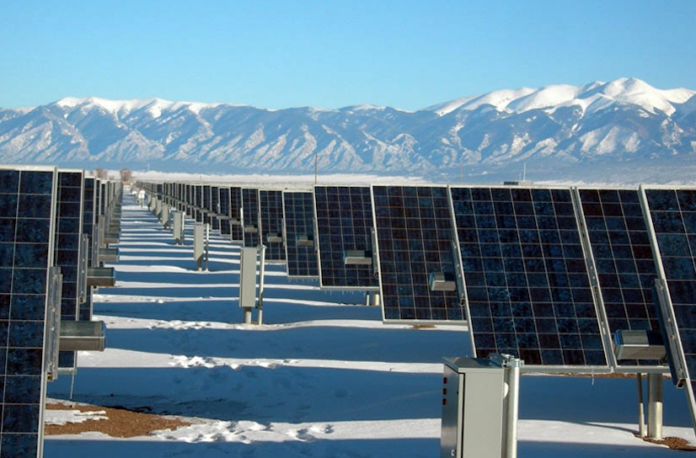Researchers at the National Renewable Energy Laboratory (NREL) have conducted the first global assessment into the most promising approaches to end-of-life management for solar photovoltaic (PV) modules.
PV modules generally have a 30-year lifespan, but there is currently no plan for how to manage these assets at the end of their lifespan. The volume of modules no longer needed could total 80 million metric tons by 2050.
In addition to quantity, the nature of the waste also poses challenges. PV modules are made of valuable, precious, critical and toxic materials. There is currently no standard for how to recycle the valuable ones and mitigate the toxic ones.
Numerous articles review individual options for PV recycling but, until now, no one has done a global assessment of all PV recycling efforts to identify the most promising approaches.
“PV is a major part of the energy transition,” says Garvin Heath, a senior scientist at NREL who specializes in sustainability science. “We must be good stewards of these materials and develop a circular economy for PV modules.”
Heath is the lead author of Research and development priorities for silicon photovoltaic module recycling supporting a circular economy, which appears in the journal “Nature Energy.” His co-authors from NREL are Timothy Silverman, Michael Kempe, Michael Deceglie and Teresa Barnes, along with former NREL colleagues Tim Remo and Hao Cui. The team also collaborated with outside experts, particularly in solar manufacturing.
The authors focused on the recycling of crystalline silicon, which is used in more than 90% of installed PV systems in a very pure form. It accounts for about half of the energy, carbon footprint and cost to produce PV modules, but only a small portion of their mass. Silicon’s value is determined by its purity.
The authors found some countries have PV recycling regulations in place, while others are just beginning to consider solutions. Currently, only one crystalline silicon PV-dedicated recycling facility exists in the world due to the limited amount of waste being produced today.
Based on their findings, the authors recommend research and development to reduce recycling costs and environmental impacts, while maximizing material recovery. They suggest focusing on high-value silicon versus intact silicon wafers. The latter has been touted as achievable, but silicon wafers often crack and would not likely meet today’s exacting standards to enable direct reuse. To recover high-value silicon, the authors highlight the need for research and development of silicon purification processes.
Finally, the authors note that finding ways to avoid waste to begin with is an important part of the equation, including how to make solar panels last longer, use materials more effectively and produce electricity more efficiently.
The U.S. Department of Energy’s Solar Energy Technologies Office funded the analysis.
To read NREL’s assessment about end of life management for PV modules, click here.




